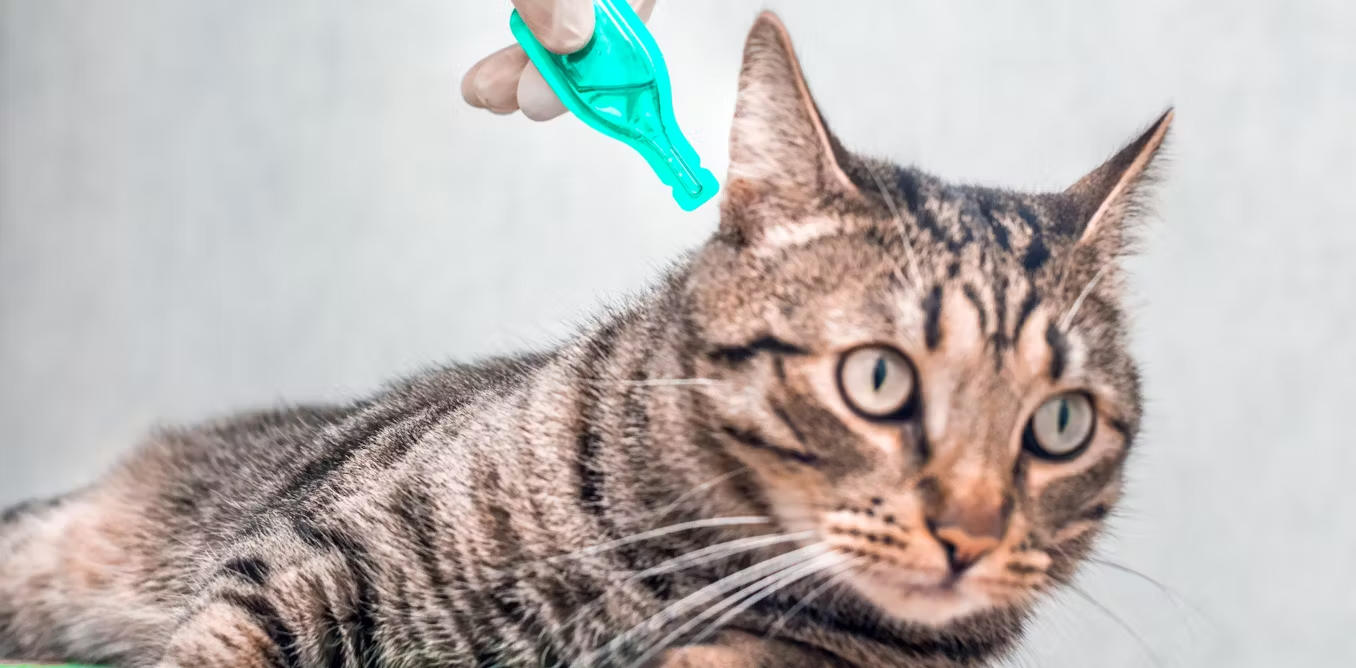3 \ Module 3 – Reptiles and amphibians
3 \ Module 3 – Reptiles and amphibians
1 Taxonomy, anatomy and physiology
1.1 Taxonomy
1.2 Anatomy and physiology
1.2.1 Skin
1.2.2 Musculoskeletal apparatus
1.2.3 Digestive system
1.2.4 Respiratory system
1.2.5 Cardiovascular system
1.2.6 Urinary system
1.2.7 Genital part
1.2.8 Organs of the senses
2 Species
2.1 Trachemys spp
2.2 Pelodiscus sinensis
2.3 Red-footed tortoise Chelonoidis carbonaria
2.4 Spurred tortoise Centrochelys sulcata
2.5 Leopard tortoise Stigmochelys pardalis
2.6 Russian tortoise Testudo horsfieldii
2.7 Star tortoise Geochelone elegans
3 Maintenance at home
4 Clinical management
4.1 Exploration
4.2 Clinical techniques
4.2.1 Blood collection
4.2.2 Catheter placement
4.2.3 Orogastric catheterization
4.2.4 Esophagogastric tube placement
4.2.5 Endotracheal intubation
4.2.6 Medication administration
4.2.7 Euthanasia
5 Preventive medicine
5.1 Antiparasitics
5.2 Vaccines
5.3 Microchip
6 Main diseases and their treatment
6.1 Skin diseases
6.1.1 Flaking
6.1.2 Dissecdisis
6.2 Diseases of the digestive system
6.2.1 Peak overgrowth
6.2.2 Stomatitis
6.2.3 Anorexia
6.2.4 Obstruction
6.2.5 Enteritis
6.3 Diseases of the respiratory system
6.3.1 Nasal discharge-sinusitis
6.3.2 Pneumonia
6.4 Reproductive system diseases
6.4.1 Prolapse
6.4.2 Egg retention / dystocia / follicular stasis
6.5 Diseases of the urinary system
6.5.1 Uroliths
6.6 Diseases of the sense organs
6.6.1 Ophthalmological diseases. Conjunctivitis
6.6.2 Ear diseases. Otitis
6.7 Nutritional diseases
6.7.1 Hepatic lipidosis
6.7.2 Hypovitaminosis A
6.8 Other diseases
6.8.1 Bites
6.8.2 Carapace fractures
6.8.3 Metabolic bone disease
Lizards
1 Taxonomy, anatomy and physiology
1.1 Taxonomy
1.2 Anatomy and physiology
1.2.1 Skin
1.2.2 Musculoskeletal apparatus
1.2.3 Digestive system
1.2.4 Respiratory system
1.2.5 Cardiovascular system
1.2.6 Urinary system
1.2.7 Genital tract
1.2.8 Organs of the senses
2 Species
2.1 Leopard gecko
2.2 Pogona
2.3 Yemen chameleon
2.4 Panther chameleon
2.5 Iguana
2.6 Blue-tongued skink
2.7 Green anole
3 Maintenance at home
4 Clinical management
4.1 Exploration
4.2 Clinical techniques
4.2.1 Blood collection
4.2.2 Catheter placement
4.2.3 Orogastric catheterization
4.2.4 Esophagogastric tube placement
4.2.5 Endotracheal intubation
4.2.6 Medication administration
5 Preventive medicine
5.1 Antiparasitics
5.2 Vaccines
5.3 Microchip
6 Main diseases and their treatment
6.1 Skin diseases
6.1.1 Abscesses
6.1.2 Burns
6.1.3 Dermatophilosis
6.1.4 Dissecdisis
6.1.5 External parasites
6.2 Diseases of the digestive system
6.2.1 Anorexia
6.2.2 Vomiting
6.2.3 Obstruction
6.2.4 Enteritis
6.3 Diseases of the respiratory system
6.3.1 Dyspnoea
6.3.2 Runny nose
6.4 Reproductive system diseases
6.4.1 Cloacal prolapse
6.4.2 Egg retention / dystocia / follicular stasis
6.5 Diseases of the urinary system
6.5.1 Kidney disease
6.5.2 Urinary stones
6.6 Diseases of the sense organs
6.6.1 Keratitis
6.7 Nutritional diseases
6.7.1 Hypocalcemia
6.8 Other diseases
6.8.1 Aggression in iguanas
6.8.2 Metabolic bone disease (OMD)
OPIDIANS
1 Taxonomy, anatomy and physiology
1.1 Taxonomy
1.2 Anatomy and physiology
1.2.1 Skin
1.2.2 Musculoskeletal apparatus
1.2.3 Digestive system
1.2.4 Respiratory system
1.2.5 Cardiovascular system
1.2.6 Urinary system
1.2.7 Genital tract
1.2.8 Organs of the senses
2 Species
2.1 Corn snake
2.2 False coral
2.3 Regius python
2.4 Rainbow boa
2.5 Green python
2.6 Python brongersmai
2.7 Molurus python
3 Maintenance at home
4 Clinical management
4.1 Exploration
4.2 Clinical techniques
4.2.1 Blood collection
4.2.2 Catheter placement
4.2.3 Orogastric catheterization
4.2.4 Esophagogastric tube placement
4.2.5 Endotracheal intubation
4.2.6 Medication administration
5 Preventive medicine
5.1 Antiparasitics
5.2 Vaccines
5.3 Microchip
6 Main diseases and their treatment
6.1 Skin diseases
6.1.1 Blister
6.1.2 Burns
6.1.3 Dermatitis
6.1.4 Dissecdisis
6.1.5 External parasites
6.2 Diseases of the digestive system
6.2.1 Anorexia
6.2.2 Stomatitis
6.2.3 Vomiting
6.2.4 Obstruction or constipation
6.2.5 Diarrhea
6.3 Diseases of the respiratory system
6.3.1 Pneumonia
6.4 Reproductive system diseases
6.4.1 Cloacal prolapse
6.4.2 Egg retention / dystocia / follicular stasis
6.5 Diseases of the urinary system
6.5.1 Kidney disease
6.6 Diseases of the sense organs
6.6.1 Retention of specula
6.7 Nutritional diseases
6.7.1 Hypocalcemia
6.8 Other diseases
6.8.1 Attacks by prey
6.8.2 Cloacal gland adenitis
6.8.3 Inclusion body disease
Amphibians
1 Taxonomy, anatomy and physiology
1.1 Taxonomy
1.2 Anatomy and physiology
1.2.1 Skin
1.2.2 Musculoskeletal apparatus
1.2.3 Digestive system
1.2.4 Respiratory system
1.2.5 Cardiovascular system
1.2.6 Urinary system
1.2.7 Genital tract
1.2.8 Organs of the senses
2 Species
2.1 Axolotl
2.2 Dendrobates
2.3 Red-eyed green frog
2.4 Chinese Fire Bellied Newt
2.5 Bullfrog
2.6 Green tree frog
3 Maintenance at home
4 Clinical management
4.1 Exploration
4.2 Clinical techniques
4.2.1 Blood collection
4.2.2 Catheter placement
4.2.3 Orogastric catheterization
4.2.4 Esophagogastric tube placement
4.2.5 Medication administration
5 Preventive medicine
5.1 Antiparasitics
5.2 Vaccines
5.3 Microchip
6 Main diseases and their treatment
6.1 Skin diseases
6.1.1 Parasites
6.1.2 Tadpole edema virus
6.1.3 Bacterial dermatitis
6.1.4 Mycobacterial infection
6.1.5 Fungal infection
6.1.6 Burns
6.2 Diseases of the digestive system
6.2.1 Intestinal obstructions
6.2.2 Intestinal parasites
6.2.3 Weight loss
6.3 Diseases of the respiratory system
6.3.1 Pulmonary parasites
6.4 Diseases of the sense organs
6.4.1 Lipid keratopathy
6.5 Nutritional diseases
6.5.1 Hypovitaminosis
6.6 Other diseases
6.6.1 Metabolic bone disease
6.6.2 Gas bubble disease






